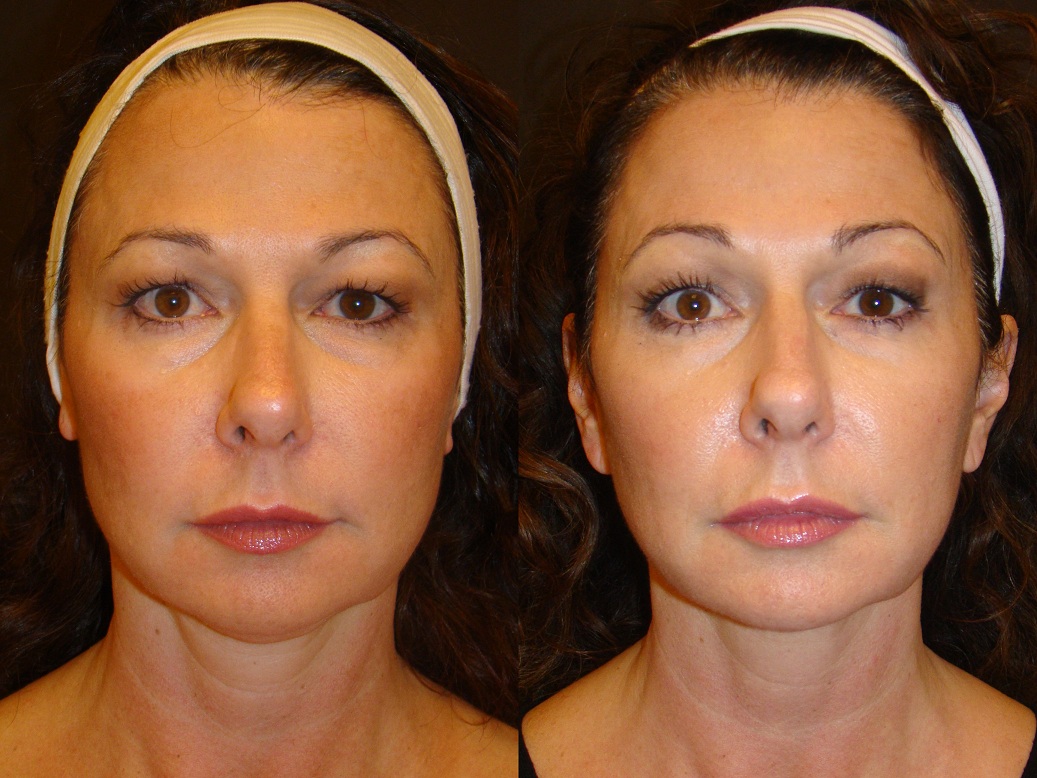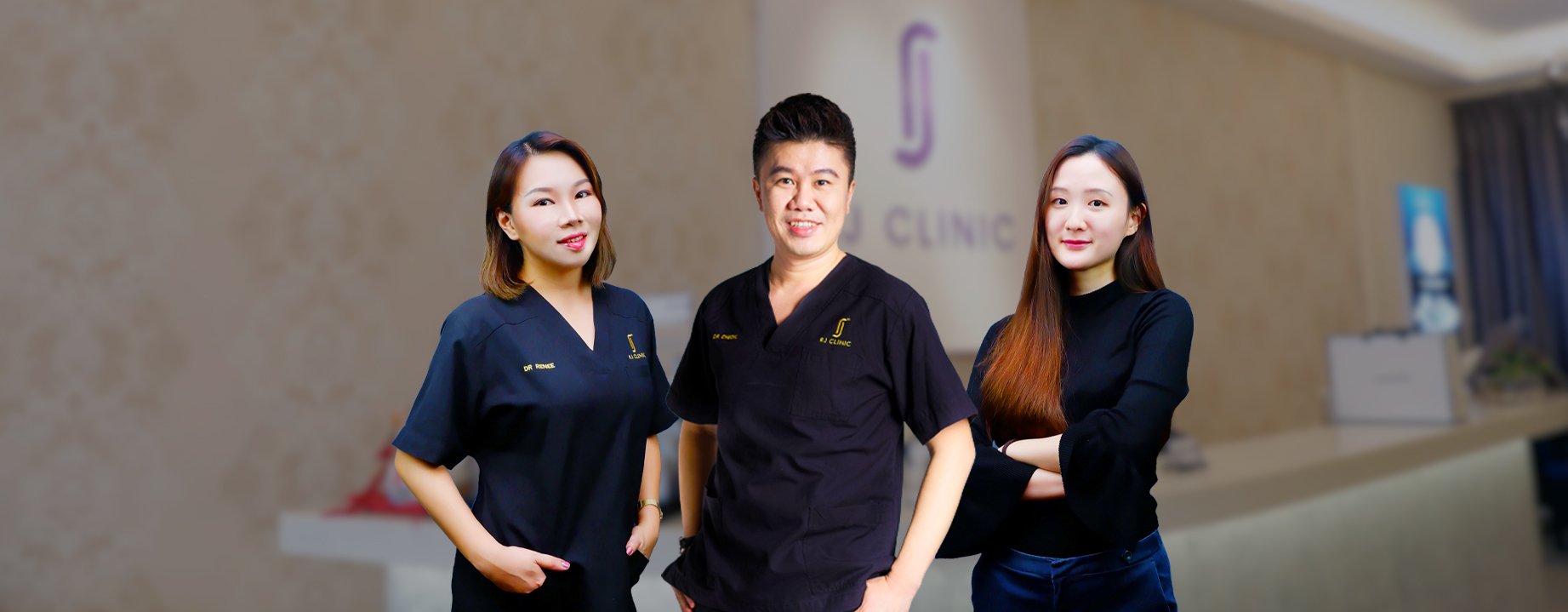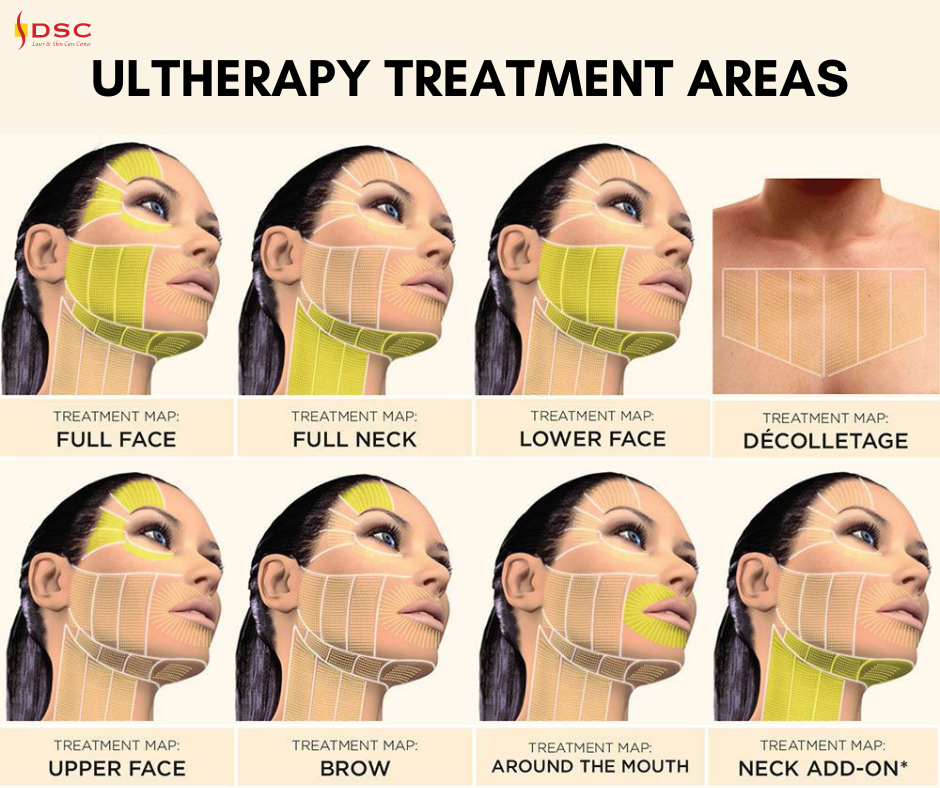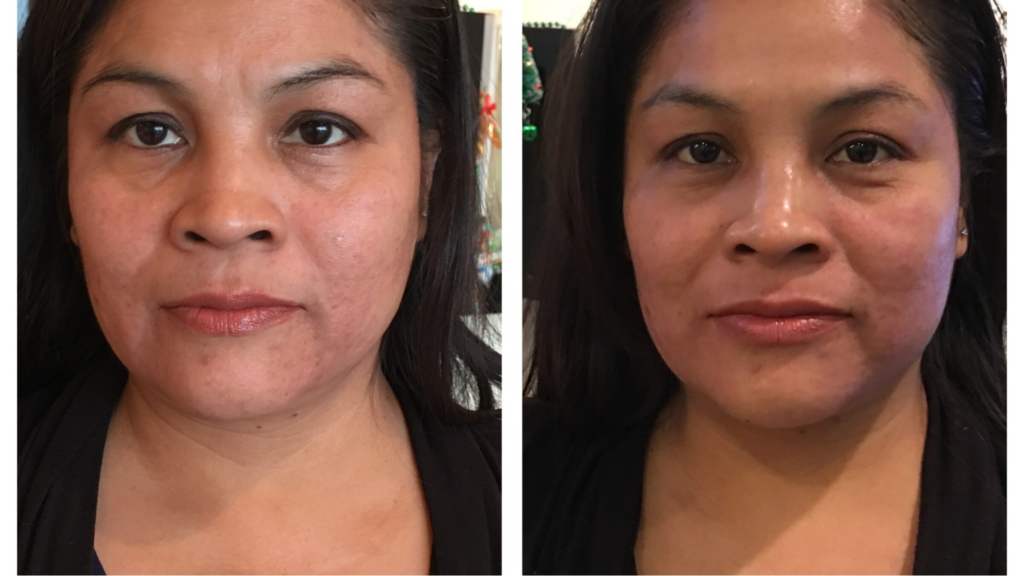Discover Why Non surgical facelift Malaysia Is Effective
Wiki Article
Why Ultherapy Could Be Medically Required: Checking Out the Reasons for a Non Surgical Lift
Ultherapy is acquiring attention as a sensible option for individuals encountering skin laxity due to aging or certain clinical conditions. This non-surgical therapy stimulates collagen manufacturing, offering a solution that prevents the healing time connected with intrusive treatments. As people look for to boost not just their look yet also their general skin health, understanding the conditions that require Ultherapy's usage ends up being crucial. What variables contribute to its medical requirement?Understanding Ultherapy: What It Is and Just how It Functions
Ultherapy, a non-invasive cosmetic treatment, makes use of ultrasound technology to boost collagen manufacturing and promote skin firm. By delivering focused ultrasound energy deep into the skin, it targets the fundamental layers usually dealt with in surgical facelifts. This procedure urges the body's all-natural recovery feedback, leading to gradual lifting and firm of the skin gradually.
Treatment sessions generally last in between 30 to 90 minutes, relying on the dimension of the area being treated. While results might not be right away visible, optimal impacts generally appear within 2 to 3 months as collagen continues to establish. Ultherapy offers a compelling non-surgical alternative for individuals seeking skin rejuvenation without the demand for intrusive procedures.
The Aging Process: Results on Skin Elasticity and Collagen
Aging certainly brings adjustments that lessen skin flexibility and collagen production, resulting in visible indications of drooping and creases. As individuals age, the skin's ability to maintain dampness reductions, leading to a drier and much less durable surface. Collagen, a crucial healthy protein liable for skin structure, additionally decreases, causing the skin to shed its suppleness and youthful look. Aspects such as sunlight direct exposure, toxic wastes, and way of living choices further accelerate this decline in skin quality.This loss of flexibility and collagen produces a waterfall of adjustments, consisting of the formation of dewlaps, strengthening nasolabial folds up, and a general sagging appearance. The skin's support system deteriorates, making it a lot more prone to the impacts of gravity. Subsequently, many people seek interventions like Ultherapy to fight these aging effects, intending to bring back a much more vibrant, taut appearance without the demand for intrusive surgical treatments.
Clinical Conditions That May Advantage From Ultherapy
Ultherapy is significantly identified for its possible advantages in resolving various medical problems. Individuals experiencing skin laxity, those in post-surgical recuperation, and individuals with chronic skin problems might find this non-invasive therapy useful. By promoting collagen manufacturing, Ultherapy can enhance skin suppleness and boost total appearance for these teams.
Skin Laxity Concerns
Skin laxity can be a significant concern for individuals experiencing various medical conditions that impact the integrity and flexibility of their skin. Conditions such as Ehlers-Danlos disorder, which interrupts collagen production, can lead to early skin aging and drooping. Additionally, people with autoimmune conditions might experience skin modifications that add to laxity. Hormone changes, particularly throughout menopause, likewise contribute in lessening skin firmness. Ultherapy, using ultrasound innovation, targets the deeper layers of skin, promoting collagen production and tightening up the affected areas. This non-invasive treatment may provide a practical service for those looking for to deal with skin laxity resulting from these medical problems, boosting both appearance and self-worth without the requirement for medical intervention.Post-Surgical Healing Aid
Post-surgical recovery can often existing difficulties, particularly for people experiencing skin laxity because of surgical treatments. Ultherapy acts as a prospective aid in this scenario, using ultrasound modern technology to boost collagen production and boost skin rigidity without invasive treatments. People that have undertaken surgeries such as facelifts, lipo, or other body contouring procedures may find that Ultherapy enhances their recuperation by dealing with unequal appearance and laxity that can take place post-operation. This non-surgical approach can result in boosted visual outcomes, possibly lowering the demand for added medical interventions. In addition, it might assist ease discomfort related to the healing procedure, offering patients an extra all-inclusive recovery experience. Consequently, Ultherapy can be a valuable option in post-surgical care.Persistent Skin Disease
For people dealing with chronic skin disease such as acne marks, rosacea, or laxity because of aging, non-invasive click to investigate therapies may provide significant alleviation and enhancement. Ultherapy has actually become a promising choice, making use of ultrasound technology to promote collagen production deep within the skin. This procedure can enhance skin structure and elasticity, attending to concerns like uneven skin tone and drooping. Particularly, those with rosacea might experience reduced soreness and inflammation, while individuals with acne scars can take advantage of enhanced skin level of smoothness and total appearance. Importantly, Ultherapy supplies a non-surgical alternative that reduces healing time and threats related to invasive treatments, making it an enticing option for people looking for reliable administration of chronic skin conditions.Psychological Effect of Drooping Skin and Aesthetic Worries
The psychological toll of aging often materializes in the type of drooping skin, which can greatly impact a person's self-esteem and overall emotional well-being. Many individuals associate younger appearances with power and good looks, leading to feelings of inadequacy when confronted with noticeable indications of aging. This perceived decline you could try these out in appeal can cause social stress and anxiety, withdrawal from social interactions, and a raised obsession with one's look.People may really feel urged to seek visual therapies to fight these concerns, as the wish to keep a younger look can come to be linked with individual identity. The mental results of drooping skin may likewise bring about clinical depression or a diminished lifestyle. Non-surgical options like Ultherapy emerge as prospective options, aiming not only to revitalize the skin but also to restore confidence and a favorable self-image, eventually resolving the much deeper emotional ramifications of aging.
Comparing Ultherapy to Traditional Surgical Options
When contrasting Ultherapy to typical medical options, substantial differences arise in both cost-effectiveness and recovery time. Ultherapy offers a non-invasive method that frequently leads to lower expenses and marginal downtime for people. On the other hand, surgical lifts typically need more monetary investment and an extensive recovery duration.Cost-Effectiveness of Ultherapy

Standard surgical lifts frequently come with significant in advance expenses and extended recovery times, Ultherapy offers a compelling choice that can deliver equivalent outcomes at a portion of the cost. The ordinary expense of a medical renovation can vary from $7,000 to $15,000, while Ultherapy therapies commonly fall in between $2,000 and $4,500, depending on the area dealt with and copyright know-how. In addition, the absence of extensive pre-operative analyses and post-operative care linked with Ultherapy even more adds to its cost-effectiveness. This technique not only reduces economic stress but likewise enables clients to buy other facets of their health and well-being. By doing this, Ultherapy becomes a monetarily viable option for those seeking facial rejuvenation without the problems of standard surgical treatment.
Recovery Time Contrast
Recovery time is a significant factor in the decision-making procedure for those considering cosmetic treatments. Ultherapy sticks out as a non-surgical alternative that commonly requires marginal downtime. Many individuals can return to their day-to-day activities almost promptly, experiencing just light soreness or swelling that typically resolves within a few hours. On the other hand, standard surgical choices, such as facelifts, commonly require a lengthy recuperation duration. Patients may deal with numerous weeks of swelling, wounding, and restricted anonymous activity, with some going back to normal regimens taking up to 3 months. This plain distinction in recovery time makes Ultherapy an appealing choice for individuals seeking effective results without the extensive aftercare related to surgery, enabling a smoother change back to daily life.The Long-Term Benefits of Non-Invasive Treatments for Skin Wellness
As individuals significantly seek choices to surgical procedures, the long-lasting advantages of non-invasive treatments for skin wellness become a lot more evident. Treatments such as Ultherapy, chemical peels, and laser therapy deal significant benefits without the need for considerable recovery times related to surgical treatment. Density RF Malaysia. Over time, these non-invasive alternatives can advertise collagen manufacturing, leading to firmer skin and a much more youthful appearanceIn addition, normal non-invasive treatments can improve skin structure, tone, and elasticity, enhancing total skin health and wellness. People usually experience fewer difficulties and side impacts, making these treatments more attractive.
Additionally, the cumulative effects of consistent treatments can sustain and prolong visual enhancements, enabling people to maintain their desired appearance with marginal downtime. By focusing on non-invasive techniques, people can achieve lasting results while prioritizing their health and wellness and well-being. Ultimately, the lasting advantages of such techniques emphasize their growing popularity in contemporary skincare.
Regularly Asked Concerns

The length of time Does an Ultherapy Session Generally Take?
An Ultherapy session normally lasts between 30 to 90 minutes, depending upon the treatment area. Elements such as the person's specific needs and the level of the treatment can affect the total period.
Are There Any Kind Of Adverse Effects Connected With Ultherapy?
Ultherapy can result in side effects such as short-term soreness, swelling, or tenderness in the cured area - RJ Clinic Ultherapy. While a lot of people experience marginal discomfort, it is vital to speak with an expert for customized suggestions and possible responsesJust How Soon Can I See Outcomes After Therapy?
Arise from Ultherapy usually begin to show up within a couple of months post-treatment. The complete impacts may proceed to develop over six months as collagen production increases, resulting in noticeable training and tightening up of the skin.
Is Ultherapy Suitable for All Skin Types?
Ultherapy is normally appropriate for various skin kinds, consisting of lighter and darker tones. Private skin problems and problems may affect its effectiveness, making examinations with a qualified professional necessary for tailored recommendations.Just How Commonly Should Ultherapy Treatments Be Repeated?
Ultherapy therapies are commonly recommended every 6 to year, depending on private skin problem and wanted results. Normal analyses by a qualified expert can help establish the very best frequency for maintenance and effectiveness.Report this wiki page